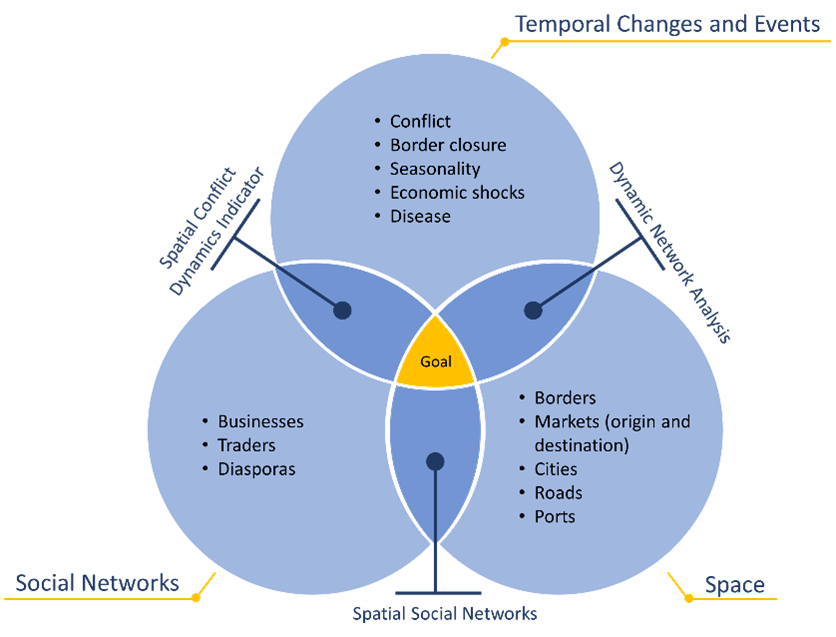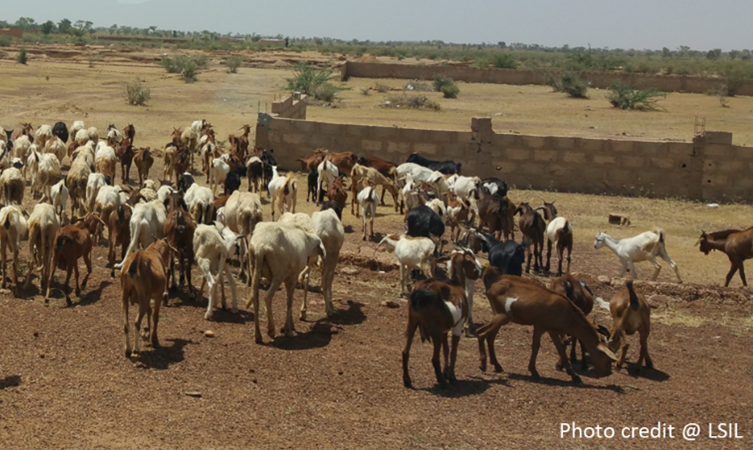Livestock trade is an important economic activity in West Africa, a region where approximately half of the population owns livestock. Long distance and cross-border travel is often involved in both the production and trade of livestock, particularly cattle and small ruminants.
As discussed at the American Association of Geographers (AAG) Annual Meeting in Denver in March 2023, understanding the spatial and temporal dynamic of this market is key to inform policies related to targeted disease surveillance as well as market development and integration through reduced trade barriers.
Despite the importance of cross-border livestock trade, lack of data has limited research in this area. However, the Interstate Committee for Drought Control in the Sahel (CILSS) has collected data on formal and informal trade since 2009. The CILSS dataset is unique in terms of its cross-border regional coverage and capture of formal as well as informal trade data.
Using this unique dataset from CILSS, our goal is to understand how livestock trade responds to major shocks such as health crises, political insecurity or border closures. To do so, we develop a novel conceptual framework that combines three approaches developed in geography and network science: Spatial Social Networks, Spatial Analysis, and Dynamic Network Analysis.
Figure 1. Integrating space, temporal changes and trade networks

Source: Walther, Radil, Russell and Harris-Coble, 2023.
In our PhD dissertation, we plan to apply this framework to better understand the shifting patterns of livestock trade activities in West Africa. Building on the CILSS dataset on livestock trade movements, which also includes information on specific traders, we will also use spatial data available for roads, borders and markets as well as event data on border closures or violent attacks.
